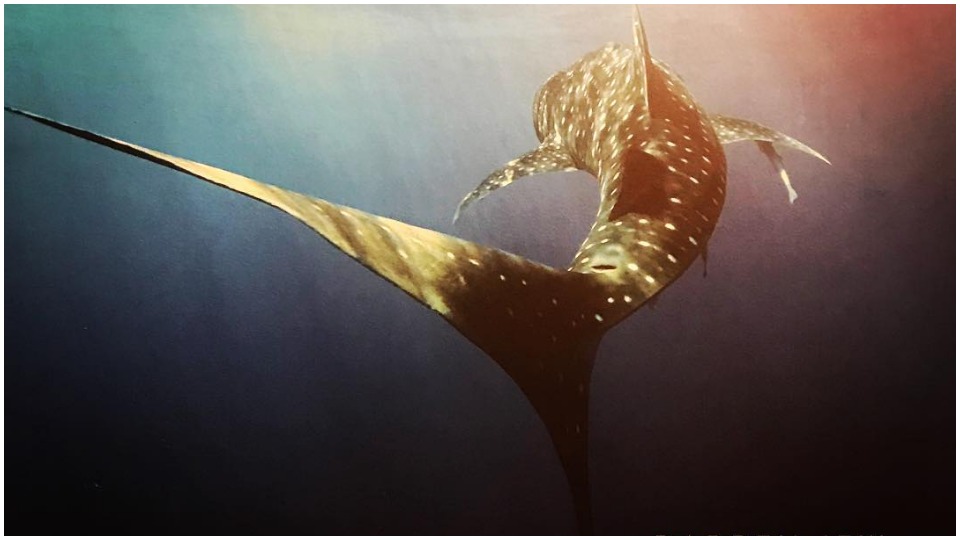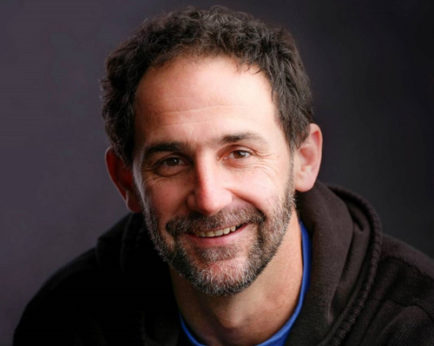
Life on Earth began in the seas. The variety of life in the oceans outdoes that on land and in the air combined. But ocean species are just as vulnerable as land based ones. And heaven knows, we’ve exterminated enough of the latter since humans learned how to apply machinery and explosives to the business of killing animals for sport and clearing land and forest for commercial gain.
The once numerous Dodos have become a metaphor for death itself. The passenger pigeon was once so numerous in North America the flocks “blotted out the sun”. Now there are none. On the prairies of North America, a train waiting for a herd of bison to pass over the rail line could be held up for days rather than hours. Today, the surviving herds are a tiny fragment of what they were before they were shot to near extinction for their hides, meat, and even their bones.
You would think that by now we would have learned: just because there are lots of a particular animal at present, does not mean that it will continue to exist in such numbers. No species is impervious to habitat loss, to predation on an industrial scale or to the poisoning of its food and water, whether deliberate or the result of pollution.
The dubious “benefits” of civilization came late to Australia, not until the early 19th century, but even so we managed to introduce numerous species of non-native animals that went feral, driving many types of native birds and mammals to near extinction – and some to actual extinction. Even the ubiquitous koala is facing extinction now due to ruthless clearing of its eucalyptus forests, to provide more land for farming.
The private enterprise system that dominates farming in this country and the private ownership of most of the land, makes it almost impossible for state and federal governments, acting on behalf of the people, to make adequate provision for non-profit-making land use, such as national parks. Older readers will remember the brouhaha that erupted among graziers and others “on the land” when Clive Evatt as the responsible minister in the New South Wales government at the time made the Wedgetailed Eagle a protected species. At the time, it was the norm not only to shoot these magnificent birds, but to display their corpses on farm gates as a sort of morbid trophy.
The stock of new-born lambs was going to be decimated if farmers could no longer shoot the eagles, we were told. As it turned out, the scientists had the right of it: wedgies preferred to eat rabbits, of which there was a damaging superfluity.
But if it was difficult to get the conservation message accepted on land, it is even harder offshore. Yes, we are better than we used to be, that’s true. “Big game” fishing is no longer the romantic pastime it used to be considered. We used to hunt and kill whales for their oil and their meat. Today, we take tourists out in boats to photograph these ocean-going mammals instead of killing them.
But woe betide the ocean predator that – perhaps because other ocean food is not as plentiful as it once was – takes a bite out of a surfboard rider to see if he is some new kind of seal. The leaders of communities that are dependent on parting tourists from their cash – private enterprise at work again – rush to take steps to prevent the “shark attack” from adversely affecting their income.
Drum lines are rolled out and as many sharks are killed as possible, to convince ignorant, gullible tourists, that “the seas are safe again,” so they will continue coming to beach resorts and spending their money.
But just as killing all the lions on the Serengeti would have a disastrous effect on the ecology of that area, eliminating the top predators from the oceans has a ruinous effect on fish-stocks and the quality of the marine environment – the thing that attracts the tourists in the first place.
And if you think that the marine environment is just a matter of a limited number of fish, sharks, sea-anemones and jellyfish, you need to check out Darren Jew’s breathtakingly beautiful new book, Underwater Australia.
From the front cover, with its spectacular and exquisitely composed “tail-on” shot of a whale shark nonchalantly swimming away from the camera, to the double-page spread almost at the end of the book showing a great white seemingly grinning at the underwater cameraman, this is underwater photography at its finest.
As fellow professional photographer Nick Rains says in his introduction, “Shooting high-quality images underwater involves juggling technical and creative skills with physical challenges: recognizing the potential shots as they crop up, at the same time capturing a sharp, well-exposed and creatively composed shot – all while breathing through a pipe, looking out a small glass window, and bouncing around in water surges of less than gin-clean water!”
There is relatively little text; Jew lets the photography speak for him via three sections called Coral Kingdoms (which covers the Great Barrier Reef as well as lesser-known locations such as Ningaloo Reef in Western Australia), Blue Water Bazaar (which covers the marine meeting places on Australia’s east and west coasts where powerful currents from the north mingle with equally powerful currents from the south) and Southern Wonders which features the oxygen-rich cold water of the Southern Ocean. There is also a section on underwater photography, for those who would like to have a go themselves.
Published by Hardie Grant Travel, Underwater Australia is a truly beautiful book that is also timely in reminding us why it is so important to protect all of this country’s natural environment, including its extremely important marine environment.












Comments